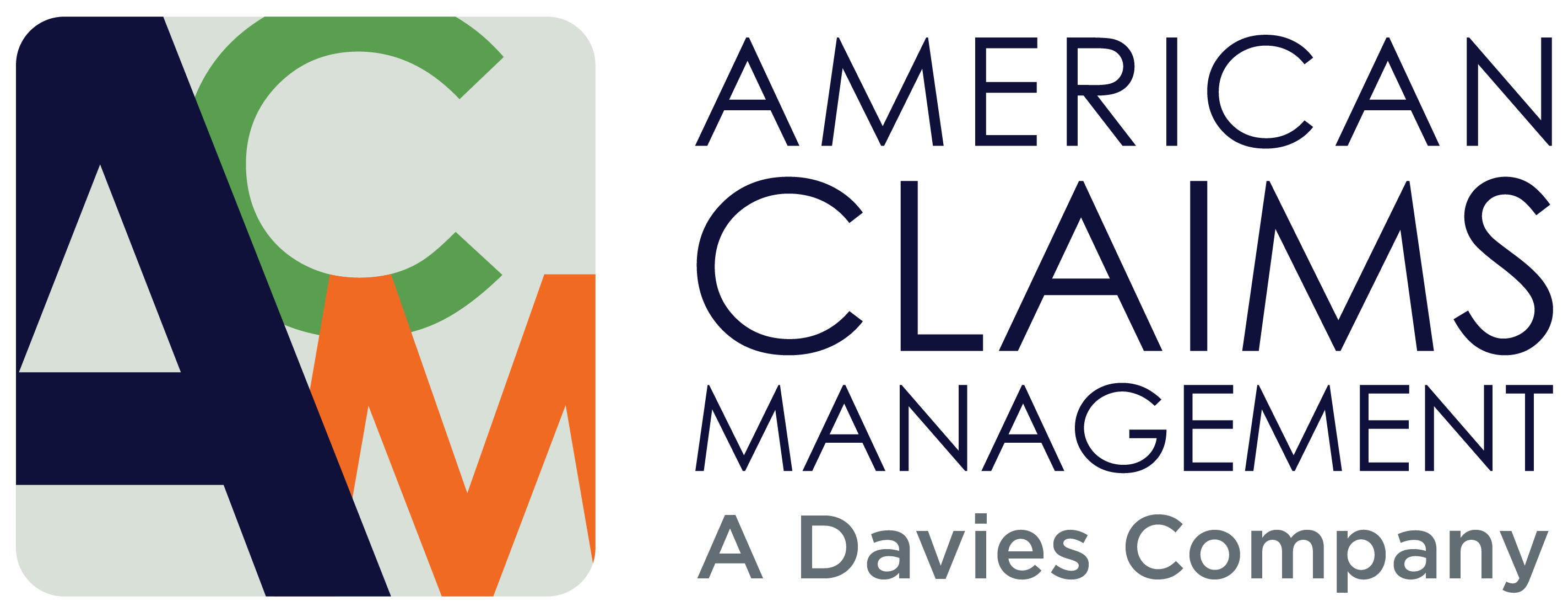Wherever there are people – employees, volunteers, customers – there will be accidents. It’s the Murphy’s Law of life. For this reason, we’re providing you with a list of best practices for reporting workplace incidents.
Even if you are a sole proprietorship, with yourself as the only employee, if customers visit your premises, chances are there will eventually be a mishap. That’s why an established policy and format for incident reporting is so crucial for your business.
What does an incident report do?
When an accident or traumatic experience such as an episode of workplace violence occurs either on your premises or during an event that you sponsored, you’ll find an incident report a handy form to document everything that happened. Use it when someone (whether an employee, vendor or customer) is injured, property is damaged, disciplinary action is required, or another episode arises that may result in a legal issue.
Why is reporting workplace incidents promptly so necessary?
The short answer: it could save your bacon, both now and in the future:
- It’s admissible in a court of law. When an incident results in significant injury or property damage, chances are the case will go to trial as the claimant seeks damages. Having this form which was filled out immediately after the incident will help immensely in establishing facts. Particularly nowadays, the claimant may wait months or even a year or more to file suit. This form can help you recall the episode quickly and have the facts at hand.
- It helps with workplace safety. Compiling your incident reports can uncover and pinpoint safety issues that you need to recognize and solve. For instance, a significant rise of heat-related illness and heat stress during summer months will point to the need for better heat safety. Conversely, an increase in slip-and-fall injuries in winter months will show you the need for added winter safety practices.
Related: How reporting a business claim promptly saves money
When is an incident report necessary?
Truly this depends on the type of business you have, and your risk tolerance. Our best practices for incident reporting agree with West Bend’s Culture of Safety: fill out the report if there’s even a slight possibility that someone may raise questions in the future. “When in doubt, fill it out,” they say. Additionally, they recommend reporting workplace incidents and filling out the forms
- Any time first aid of any kind is administered to a minor. No matter how small the injury may seem, fill out a report just in case a parent or guardian has a concern.
- Any time significant amounts of bodily fluids – like blood or vomit – are discharged by an adult, minor or employee. An adult with a slight nose bleed may not require a report, but anything much beyond that should be accompanied by an incident report.
- Any time an employee is injured on the job.
- If someone needs to be restrained or physically removed from the company’s premises, or if a person makes a threat of violence.
- If you believe that a crime has been committed on premises, whether big or small, such as petty theft, claims of harassment, or worse.
- Any time significant property damage is sustained, whether company-owned or property belonging to customers, vendors or volunteers.
What are other best practices for reporting workplace incidents?
Once the report is signed, it can be used in a court of law. For that reason, never sign the incident report until you are absolutely sure all facts are correct. It’s likely the signer will either be deposed or included as a witness during the court case, should one arise. Other dos and don’ts:
- DO ensure accidents are always reported immediately to a supervisor or manager who oversees incident report completion.
- DO report only what you actually saw and heard when filling out the form, not any second- or third-hand information. For instance, if you arrived on the scene after the incident occurred, you cannot offer facts as to what happened, so do not say you saw the accident and try to report the incident as a first-hand observer; you can only report what other witnesses saw.
- DON’T try to guess what happened or make judgments based on what you think you see. Facts only.
- DON’T diagnose the injuries, unless you’re a trained medical professional. What looks to you like a knee sprain could be an injury requiring knee replacement – and vice versa. Just write down your observations: “The knee is swollen and discolored; she clearly was in pain and could hardly walk on it.”
- DON’T allow anyone to view or copy the report; instead, have them contact your insurance company or attorney.
- DO collect eyewitness accounts, ensuring that they are first-hand reports from actual bystanders. Gather their contact information; have them write down or recount their perceptions to you as you carefully write them down.
- DO be thorough, logging every detail that you can think of, such as conditions of the premises at the time of occurrence.
- DO log in the report any medical attention that was given at the scene, even if it’s just an ice pack, along with professional medical help that was called in.
- DO be meticulous in your handwriting. Yes, we know we sound like your third grade teacher discussing your cursive writing, but know this: it’s a highly stressful time, and you’re trying to jot down as much information as possible. While doing so, make sure your handwriting can be easily read; otherwise, it’s open to interpretation.
- DO safely store all records for at least as long as the statute of limitations, and possibly beyond. Your insurance or claims representative can help you with this and any additional questions.
Related: Workplace Safety Incentives: Stop Accidents Before They Start
You can find First Notice of Claims or First Notice of Loss Assignment forms on ACM’s website. On the home page, search under the Lines of Business in the drop-down menu up top; click your type of claim; and you’ll find the specific claim form on that page. If you’ve not yet established your policies and processes, use our best practices for incident reporting to help you get started.
This article originally appeared in Arrowhead’s Tribal Program blog. It has been updated and modified to better fit the needs of ACM’s clients, whether insurance companies or self-insured groups.
Sources:
West Bend eBook
Sample Procedure for Incident Reporting
Accident Reporting Policy and Procedure

